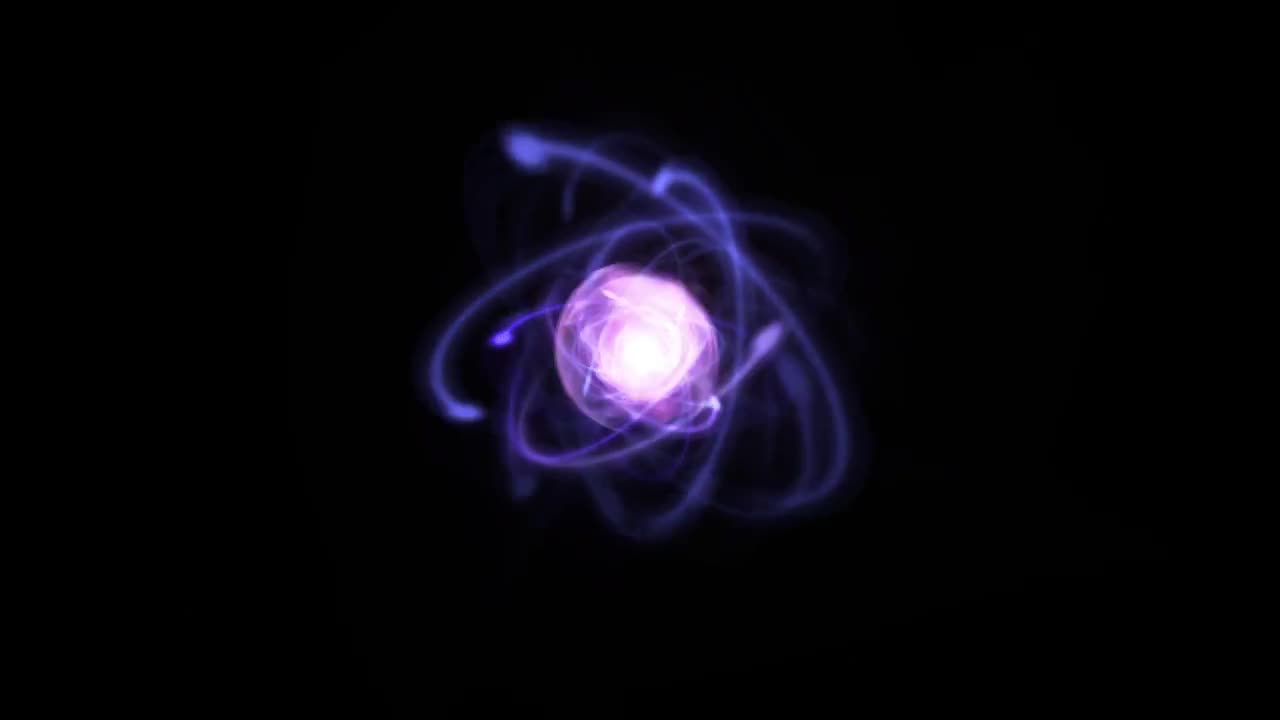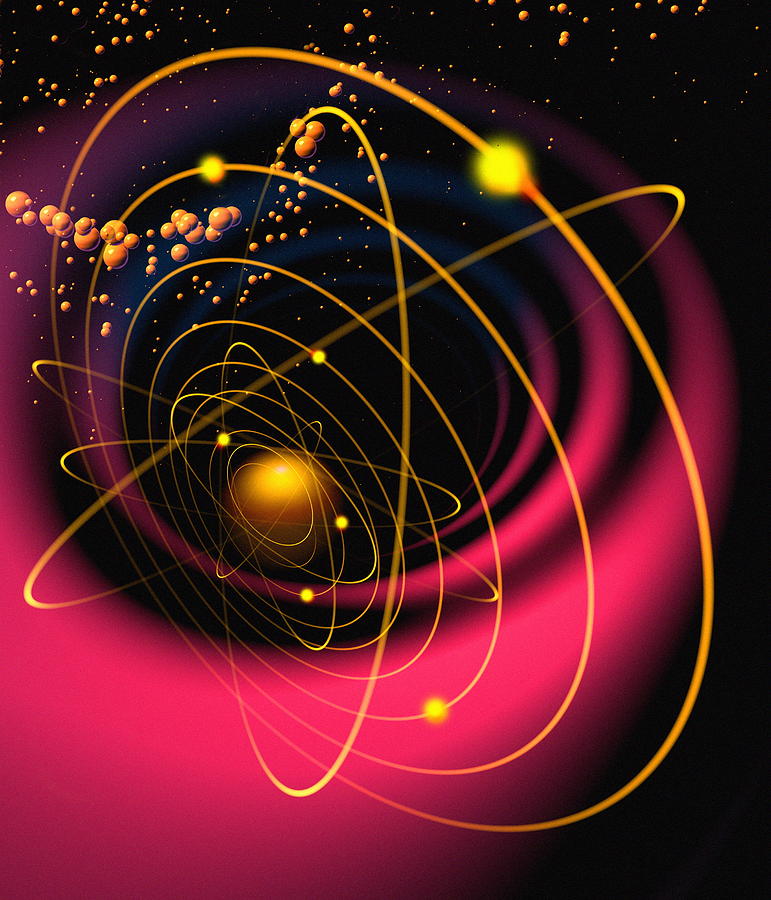
This is the spirit that imbued the researchers at CERN.


The ‘damaru’ in Shiva’s upper right hand heralds the new beginning, but the stoic expression on the dancer’s face makes the exercise an objective reality, devoid of any ‘meaning’ or purpose. His enquiry into the tableau vivant considers the surreal and iconography. Oppenheimer, the father of the project, recalled a verse from Bhagvadgita to describe the scene: “If the radiance of a thousand suns were to burst into the sky, that would be like the splendor of the Mighty One….Now I have become the destroyer of the worlds.” When the first explosion of the atomic bomb took place, J. Indian religious iconography often provides inspiration to scientists as they seek answers to questions that lie beyond our own dimension of time and space. The metaphor of the cosmic dance thus unifies ancient mythology, religious art and modern physics." In our time, physicists have used the most advanced technology to portray the patterns of the cosmic dance.
SUBATOMIC ICONOGRAPHER SERIES
He further writes: “Hundreds of years ago, Indian artists created visual images of dancing Shivas in a beautiful series of bronze. the continuous discovery of new optical and subatomic behaviors and the. A special plaque next to the statue at CERN explains the metaphor of Shiva's dance with quotations from Capra’s work: “Modern physics has shown that the rhythm of creation and destruction is not only manifest in the turn of the seasons and in the birth and death of all living creatures, but is also the very essence of inorganic matter," and that "For the modern physicists, then, Shiva's dance is the dance of subatomic matter." As an artist crossing many discipline boundaries, Moholy-Nagy also considered. The dance is the central theme in physicist Fritjof Capra's bestseller The Tao of Physics. Shiva's frenzy was seen as a metaphor for the flux of the subatomic, or ‘God’, particles being observed by CERN's physicists. The statue, symbolising the cosmic dance of creation and destruction, was installed in 2004. 1 The former shows three subatomic particles or celestial bodies on the.

El Siddique is Sudanese, and she grew up in Canada.It is not merely out of some art connoisseur’s fancy that a two-meter high statue of dancing Natraja gets the pride of place in front of the headquarters of the CERN collider project in Geneva. Eternally dislocated, Burkis uncertain icons acknowledge the enduring power. Today, bukhoor is a familiar aroma in Sudanese and diasporic Sudanese households. Materially, bukhoor is a waxy substance made of compressed sandalwood chips, fragrant resins includ ing frankincense, amber, oudh, and European scents made for export to North African markets that coalesce in sugar. Historically, bukhoor is an aromatic used in Islamic mortuary rituals that originated in ancient Nubia.

The icons include the Mother of Perpetual Help and. He writes icons and paints religious art for the abbey, as well as for churches and individuals. Located in the Bakalar Gallery, the installation consists of recurring elements: welded metal, video monitors, recessed heat lamps, and bukhoor - the subject and material that all other elements support. Today, he’s the abbey’s junior iconographer. hinduismfacts iconography meditations kailash bholenath spiritual. In the place of annihilation, where all the past was present and returned transformed proposes scent a s a cultural signifier, an object of commerce, an invocation of memory, a lived experience, a historical artifact, a religious offering, a political intermediary, and - in this case - an artist’s tool. Scientific Metaphor: every subatomic particle not only performs an energy dance. Azza El Siddique ’s exhibition at MIT List Visual Arts Center is a treatise on scent and transformation.


 0 kommentar(er)
0 kommentar(er)
